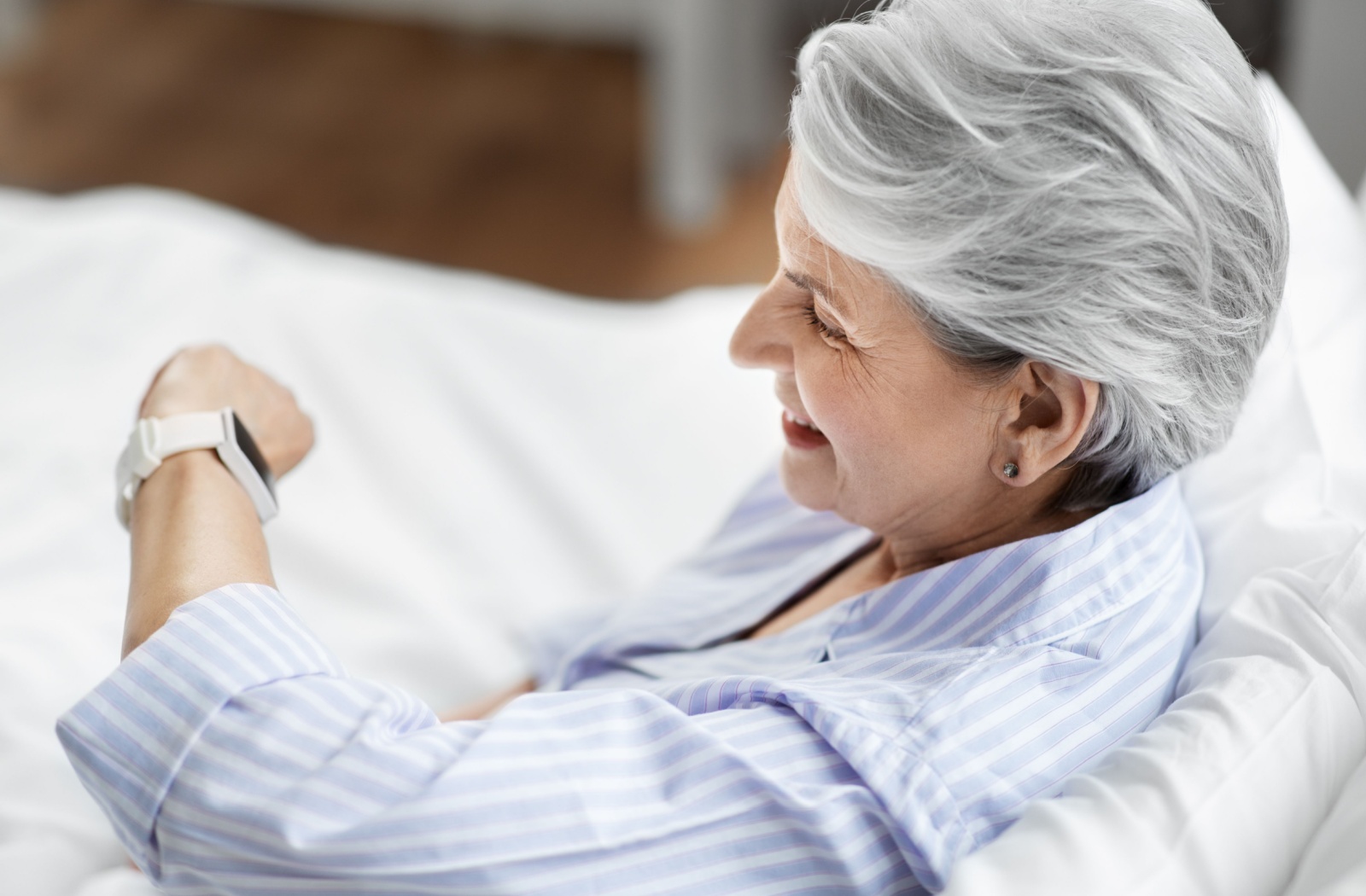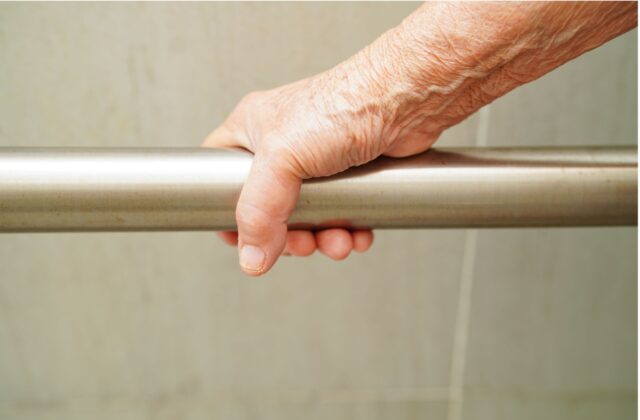As we age, safety in our homes can become a pressing concern. For older adults, creating a safe home environment is crucial for maintaining their independence and enjoying a high quality of life.
If you’re a family member or caregiver seeking to address safety concerns in a loved one’s home, consider clutter-free living spaces, removing hazards, high-tech emergency alert systems, and medication management.
However, older adults can have peace of mind living in secure apartments in independent or assisted living in senior communities and free themselves from the burdens of home maintenance and housekeeping.
Common Home-Related Dangers
The first step in safeguarding a home for older adults is recognizing the hazards they might face that can affect their safety, getting around, and performing daily tasks. Falls, burns, medication errors, and other accidents account for a large portion of injuries in the home for older adults.
Falls are one of the leading causes of injury-related deaths and hospital admissions among older adults. With a holistic understanding of these risks, proactive safety measures can reduce their likelihood.
Room-by-Room Guide to Home Safety
Each room has its unique layout and functionality that necessitate customized safety features:
- Bathroom: Non-slip mats for slippery surfaces inside the tub or shower. Grab bars to get into and out of the tub or shower and next to the toilet.
- Kitchen: Move things from higher to lower shelves. Have a step stool with a bar instead of using a chair to reach for items.
- Bedroom: Place a lamp close to the bed so it’s easy to reach. Have night lights or motion-sensor lights in dark areas of the room or along the path to the bathroom.
- Stairways and walkways: Handrails in walkways and carpets on stairs can prevent falls. Sensor lights on stairs and in hallways can help illuminate the area.
- Living areas: Remove trip hazards like low-level tables or coffee tables, throw rugs, and loose items. Also, secure heavy furniture and keep necessary items in close-to-reach areas.
Decluttering Guide
Clutter is not only an aesthetic issue but also a hazard. Tips on decluttering can include downsizing belongings, organizing belongings efficiently, and maintaining an unobstructed path from room to room to reduce falls and other accidents.
Removing Hazards
Creating a safe home for older adults involves identifying and removing potential hazards, such as loose rugs, unsecured cords and wires, and obstacles in walkways. It’s also essential to regularly review the home for any new hazards that may arise due to changes in health or mobility. By proactively removing hazards, older adults can enjoy an environment that promotes independence and peace of mind.
Technological Aids for Home Safety
 Technology has opened up a world of possibilities in home safety for older adults. Wearable devices that monitor vitals, alert systems that connect to emergency services, and smart home features remotely controlled can offer layers of protection for aging adults.
Technology has opened up a world of possibilities in home safety for older adults. Wearable devices that monitor vitals, alert systems that connect to emergency services, and smart home features remotely controlled can offer layers of protection for aging adults.
Medication Management
Medications can be a lifeline but also a source of risk when not managed properly. Taking the wrong medication, too much or too little, could cause serious problems. Medication management can be as easy as a pill organizer, or more advanced systems, digital reminders, and involving health professionals for safe medication usage.
The Role of Caregivers & Family Members
The involvement of caregivers and family members is pivotal to the success of home safety measures. Open lines of communication among family members and caregivers help keep everyone on the same page. Regular check-ins, updates, and listening to loved ones’ concerns are important for maintaining their safety in the home.
Family members can assist loved ones in home modifications for aging in place. Adapting the home to accommodate changing needs can be an ongoing process. Common modifications include installing ramps, widening doorways, and stair safety for long-term home safety.
Independent Living for Older Adults Safety
Maintaining independence is often the highest priority for older adults. Independent living in senior communities fosters an environment that promotes safe, independent living.
Older adults in senior living can also benefit from having a life plan in place, one that accommodates the current level of care needed while preparing for future possibilities. These lifestyle options may include supportive care like assisted living, memory care, or nursing care.
Safe & Secure Environment for Older Adults
Home safety for older adults can help them maintain independence for longer and prevent avoidable injuries. Home upgrades and modifications to the home can also be an ongoing process as the needs of older adults change.
Helping a loved one age in place makes sense as long as they can maintain their independence safely. However, when safety becomes a concern, transitioning to a senior community can help them live an active, comfortable, safe, and maintenance-free lifestyle. Contact The Neighborhood in Rio Rancho to learn more about our levels of care for a loved one.


